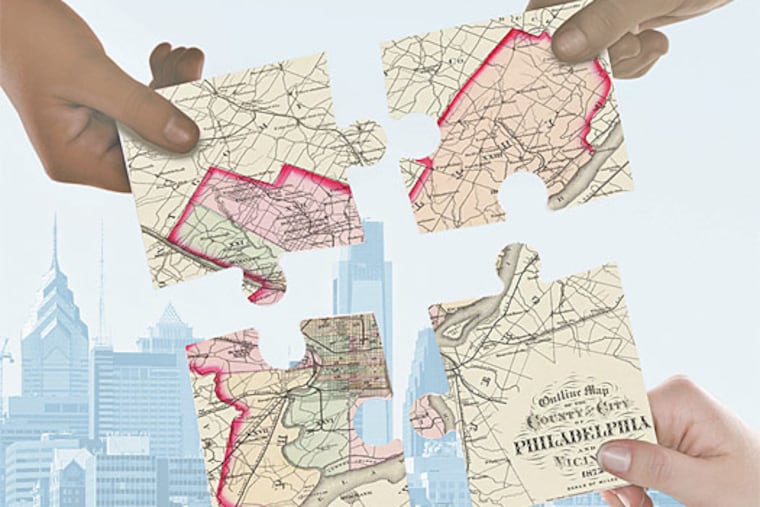City Council’s redistricting plan comes up short again | Editorial
City Council members portray themselves as a force for change, but on redistricting, they have prioritized protecting their prospects for reelection over creating the fairest legislative maps.

After months of secret negotiations and haggling behind closed doors, City Council has finally released its proposed redistricting plan for Philadelphia — the once-a-decade process of redrawing legislative boundaries based on the latest census figures.
Over the years, Council — instead of crafting maps that emphasized fair representation among the city’s 10 legislative districts — has routinely produced boundaries that seem designed to ensure that its members retain enough votes to continue to win reelection. Indeed, in the early 2000s, a couple of the districts on the city’s map were considered among the most gerrymandered in the nation.
After the release of the 2020 Census data, this board urged City Council to engage the public, solicit input, and create a fair map that works for the whole city. In a blow to public accountability and transparency, Council took the opposite approach — rather than soliciting public opinion at the outset of the process, they are seeking out feedback as the process winds down, when there may be little opportunity for substantive change. Because of an odd provision in the City Charter — if the map isn’t finalized by Feb. 12, councilmembers risk losing their paychecks, which may serve as a disincentive to address all but the most serious issues now.
» READ MORE: Council unveils new district maps after weeks of insider negotiations
And even in the process of issuing its redistricting proposal, Council erred on the side of opacity: members did not even release a traditional map, opting instead to publish a list of street names, wards, and divisions and leaving the process of creating an illustrated version of the map to local journalists.
In addition, Council’s proposal contains more than a few troubling elements for those who are concerned about fair representation. The 4th District, which includes several neighborhoods surrounding Montgomery County’s Lower Merion Township, is projected to have so few residents that the map itself might not be legal. Voters in Fishtown, one of the city’s fastest-growing neighborhoods, are scrambled across three districts — a move that ran counter to the wishes of local leaders.
And those changes are more than just academic: redistricting defines more than just who represents the residents of a particular district; because of the extraordinarily broad powers given to district councilmembers, it also determines who has the ultimate authority in city neighborhoods on such issues as land use and development.
» READ MORE: Does the new Council map violate 'one person, one vote'?
Given the stakes, Council’s proposed map — and the process that led to its creation — is far below the standards that it’s essential we set for ourselves as a city. While it may be too late to revamp the redistricting process for this cycle, we can only hope that this is the last time that City Council creates a map through closed-door negotiations. Beyond just adding a few divisions to the 4th District to bring it back within the legal parameters, it’s crucial that Council devise and codify a process that formalizes substantive public input, rather than simply seeking feedback in one hearing, which is its typically perfunctory step for any other piece of legislation.
It is only by creating a trustworthy and transparent process that we can move toward districts built for what communities need, rather than clandestinely created maps that are driven by the whims of incumbent politicians.